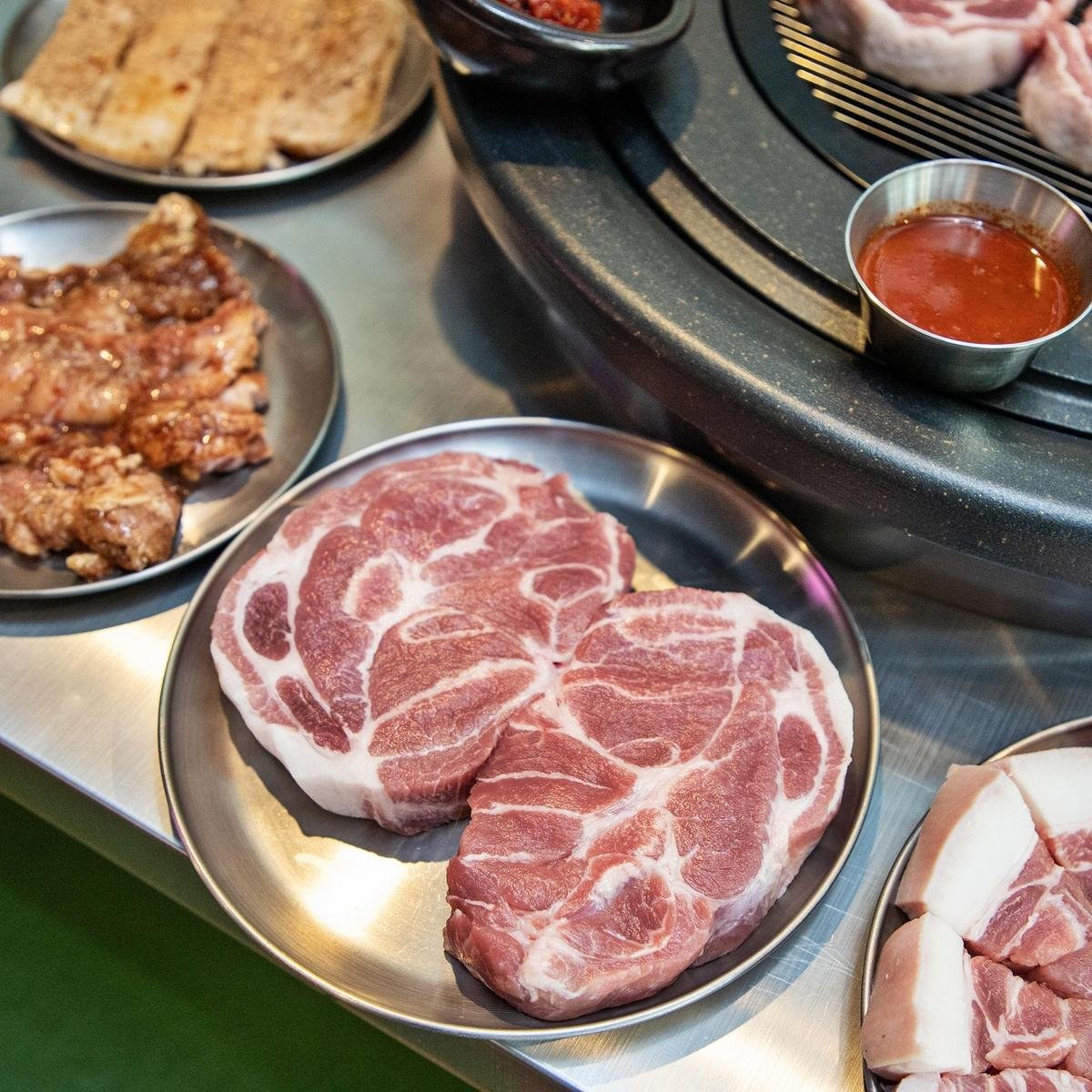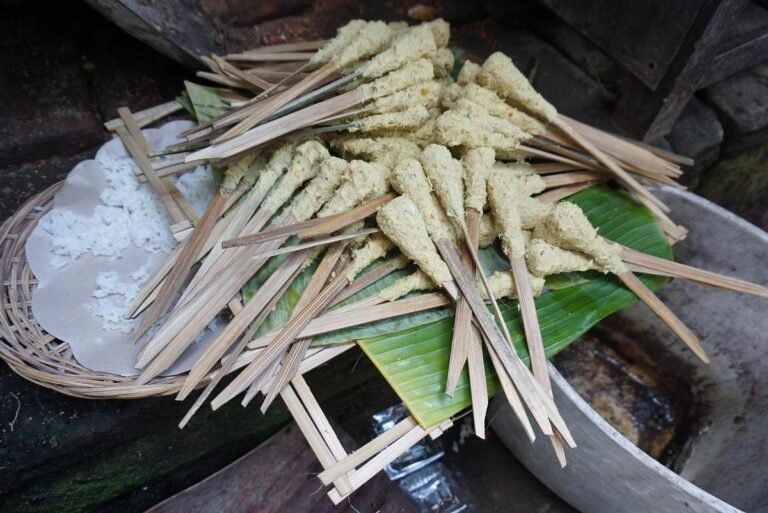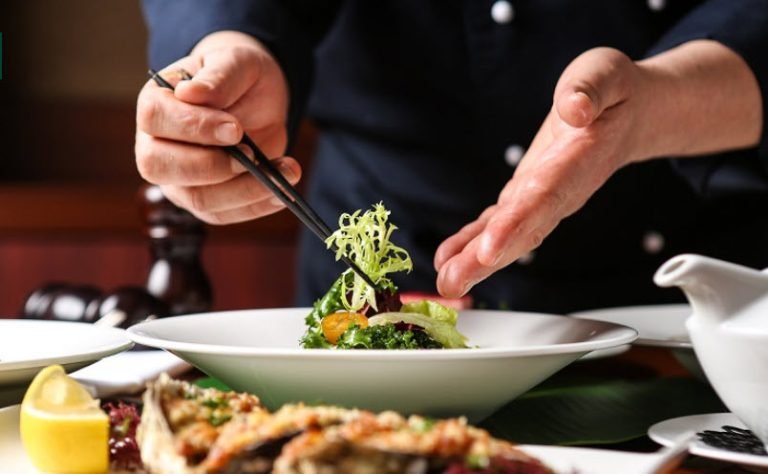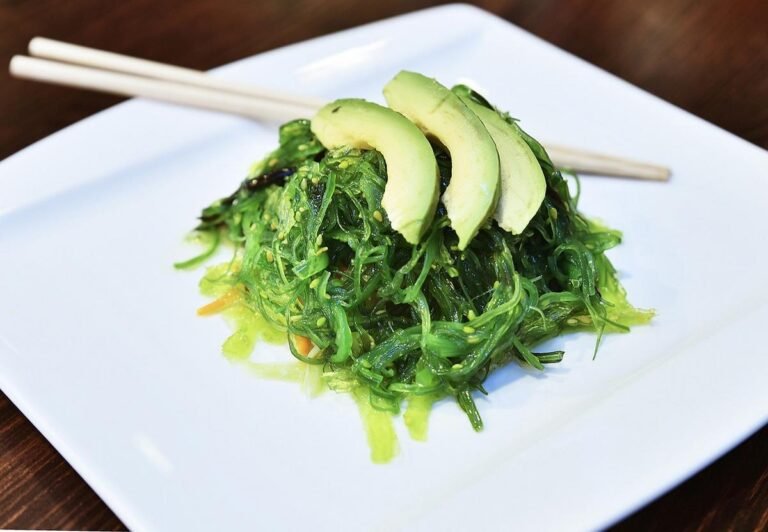Be Genyol: Bali’s Sacred Ceremonial Pork Dish Bursting with Flavor
Be Genyol has long stood as a centerpiece of Balinese celebrations and family gatherings. The pork-based specialty makes its mark during festivals such as Galungan and Kuningan, where each plate carries meanings tied to gratitude and prosperity. Its presence at temple feasts and community events links food with local belief and ritual practice.
Locals spot the dish by its heady scent, a mix of rich herbs and warm spices. Turmeric, galangal and lemongrass mingle with garlic, shallots and coriander to form base genep, the signature seasoning. Cooks pat chunks of pork into the fragrant paste and then allow the meat to simmer slowly, giving each spice time to sink into fibers until the texture turns tender and supple.
In Balinese language, be stands for meat and genyol describes a soft, slightly fatty texture that works well with the spice mix. That balance of mouthfeel and savor has made Be Genyol a favorite among residents and a draw for visitors. The pork’s marbled fat releases under heat, carrying flavor deep into every bite.
That spice mix has evolved over generations. It relies on fresh ingredients such as garlic, ginger and turmeric and on roots like galangal. Lemongrass stalks add a bright citrus edge and coriander seeds contribute an earthy note. When combined and ground with a mortar and pestle, the blend releases essential oils that transform simple pork cuts into a fragrant, hearty meal.
A serving of Be Genyol often arrives as part of Bali’s famed mixed rice plate, nasi campur. It shares the platter with side dishes like lawar—a chopped salad of vegetables and meat—sate lilit, cups of savory pork broth and pieces of samsam guling. A spoonful of fresh sambal on the side provides extra heat and a dash of color that catches the eye.
The arrangement of ingredients invites diners to craft each bite. A morsel of meat wrapped in rice and finished with sambal or a scoop of lawar offers contrast in taste and texture. Designers of this classic plate seek a palette of hues, drawing on leafy greens, bright chili slices and golden turmeric rice.
Flavor profiles in Be Genyol range from deep savory notes to a gentle warmth carried by ginger and cinnamon undertones from galangal. The slow stew allows those elements to meld fully. When the dish is placed on low fire for hours, aromatic vapors fill kitchen spaces and draw eager appetites.
Home cooks treat preparation as a craft passed down through families. They monitor heat, timing each stir to keep the pork juicy without letting it break apart. That care echoes a wider respect for ingredients and for the lessons taught by elders who prepared the same dish decades ago.
Food in Bali often serves as a bridge between the material and spiritual worlds. Each festival plate reminds participants of ancestral roots and the bond between people and the land. Be Genyol fits this role by carrying traditional flavor and ceremony in every bite.
Tourism has brought new attention to Balinese fare. Many restaurants in Denpasar, Ubud and coastal towns feature Be Genyol on menus, claiming to follow classic cookpots and firewood methods. For returning guests, tasting the dish alongside temple visitors offers a sense of local tradition alive in modern settings.
Culinary guardians—whether in family kitchens or popular warungs—view Be Genyol as a cultural emblem. They work to pass on recipes without cutting corners, keeping firewood pits and stone grinders in rotation for special occasions. That dedication has helped the recipe remain vital and relevant, holding a firm place in Bali’s rich heritage.
Chefs in urban eateries have begun experimenting with modern techniques, from sous-vide to reduced salt options, yet most maintain the core base genep recipe. Their efforts highlight a flexible approach that honors history and adapts to shifting taste preferences.







